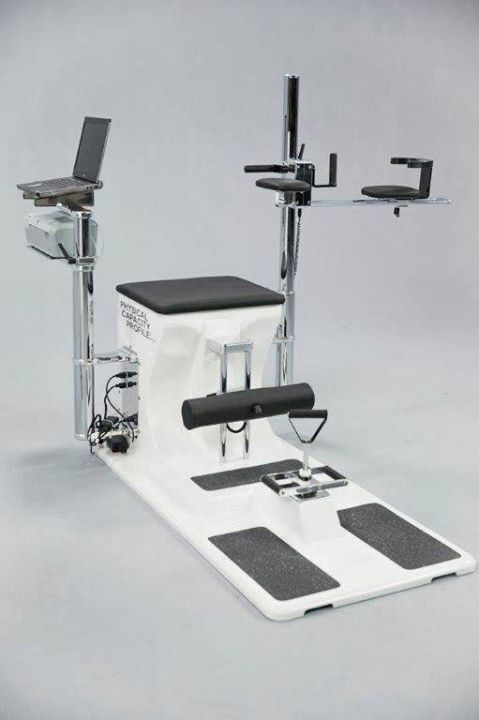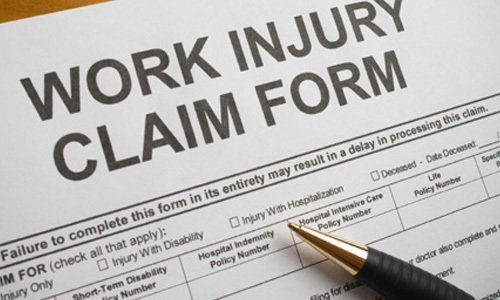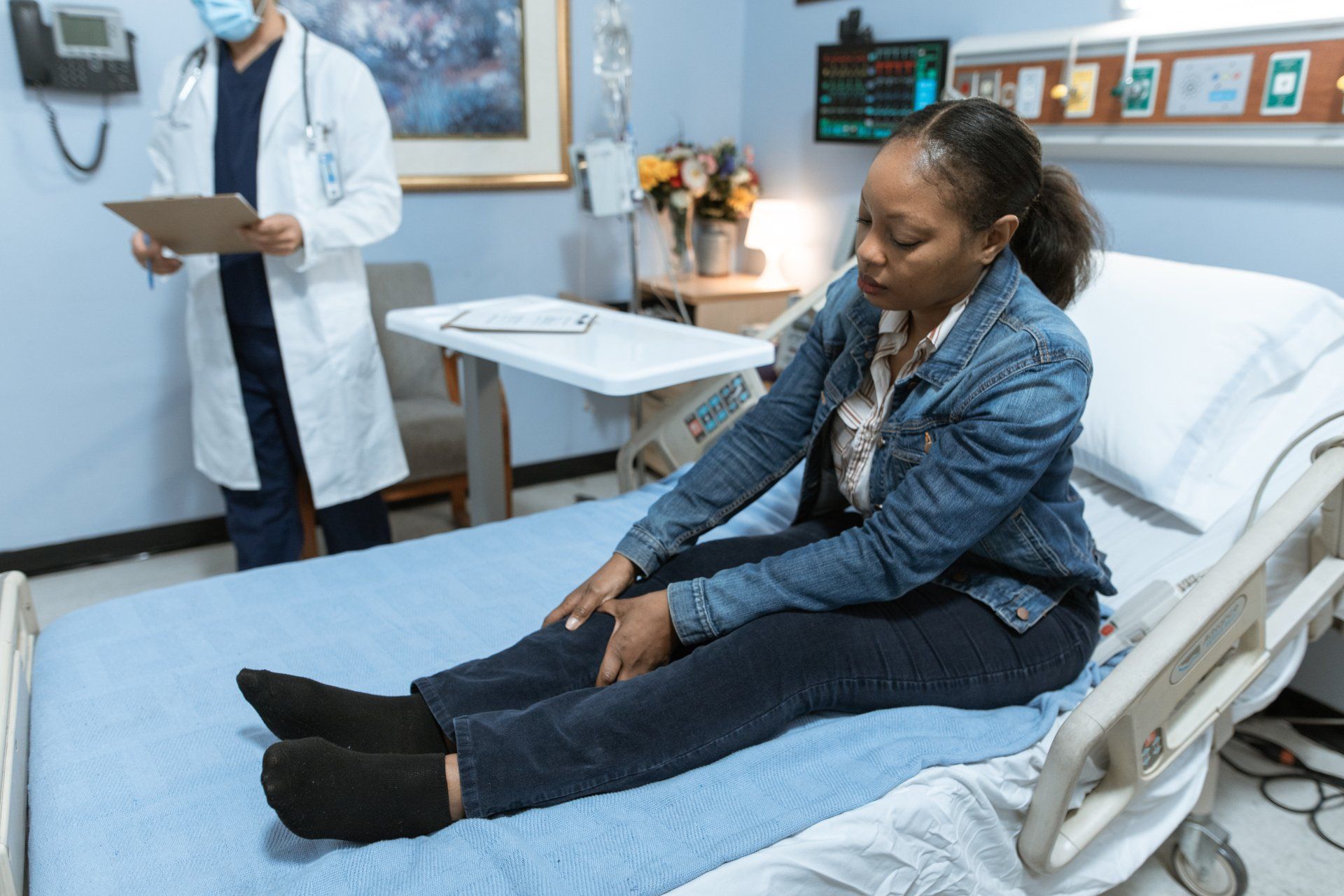Post-Offer Employment in a Low Unemployment Economy
Is your company hiring for the now or for the future best intersts?

By Tyler Paulson-Physical Capacity Profile
3.9% of Americans are unemployed. Organizations across the nation have job openings they cannot fill. Many of these organizations will hire anyone who shows up to work. What they do not realize is that they are taking a risk that could cost thousands of dollars. According to the Department of Labor , workers’ compensations costs businesses 95 billion dollars annually. This is major problem for American business owners. The largest risk associated with new hires in labor intensive positions is the potential for an on-the-job injury and the costs that follow. Nobody wants to hire someone who is a potential injury threat, just as no employee wants to work a position that they may become injured. This is why Post Offer Testing is vital.
How Does Post Offer Testing Help?
Post- Offer Testing has shown to reduce workers’ compensation payouts and insurance premiums. Research has found that when an employer utilizes Post-Offer Testing by Physical Capacity Profile(PCP), they can see benefits of 30% reduction in injury rates and a direct savings to medical plan costs of $8 to $12 for every dollar spent.
Testing includes the following components:
·Comprehensive Medical Review
·Upper Extremity Strength
·Lower Extremity Strength
·Active Lumbar Range of Motion
·Lower Extremity Mobility
·Maximum Lifting Capability
·Safe Lifting Technique
·Trunk Strength
·Fitness
·Spirometry
The testing is designed to help employers hire right, the first time. If someone is injured on the job, after rehabilitation, we measure their ability to return to the job fit-for-duty using a heart monitor to help measure pain levels if they exist while testing. The overall goal is to get the injured employee rehabilitated and ensured that they are fit-for-duty upon returning to the job.
What Could Happen If I Do Not Utilize Post Offer Testing?
The Institute for Research on Labor and Employment at the University of California at Berkley explains the average cost to replace an employee as follows:
-Average employee is roughly $4,000
-Blue Collar employee is roughly $2,000
-Managerial and professional employees may be as high as $7,000
This includes employee salary, benefits, overhead, equipment, uniforms, taxes, and training as well as human resources recruitment and other admin costs. Lastly, loss of production can be the biggest factor in the case of an injured employee.
How Does A Company Know The Position Is Safe For Their Employee?
Dr. Liz Scott, in her summary of the published report of entitled ‘Post Offer Screening’, explains that “Occupational health professionals are key to the development, implementation, and evaluation of such a program and can directly affect the company’s bottom line when employees are accurately matched to their job requirements.”
Job
assessments are crucial to ensuring the employee is safe when matched to their
physical abilities. Physical Capacity Profile not only provides these job
assessments, but they also educated the nursing staff to conduct job
assessments on all positions. The job assessment tool utilized (spirometer) is
featured in the photo below:

This improves job descriptions and increases the likelihood of hiring the right employee, the first time.
“When performing post offer screening, it is important to ensure the employer and the testing facility are clear about the testing parameters. …the job placement is conditional on meeting the physical requirements of the job. The testing facility must have a clear outline of the minimally acceptable criteria related to the essential physical demands of the job. This ensures all candidates are measured against the same standardized criteria.”-Dr. Liz Scott
In on other words, ensure that your company policy is in line with your medical protocols and standards. PCP is not responsible for your company compliance with your own procedures.
What About Results?
Companies receive their test results from Physical Capacity Profile within seconds of the employee being tested. The results allow you to discover the following:
1. Does a new hire have the strength and fitness required to do the job?
2. Does a new employee have a pre-existing injury?
3. Is an employee ready to return to their job, fit for duty, after recovering from an injury?
With the unemployment rate at 3.9% you will have people who have been on workers’ compensation, disability and other restrictions attempting to get jobs. Would you not want to know the answers to the three questions above prior to hiring?
Click here to see what the results pages looks like!
What is the Answer to this Problem?
Fortunately, there are a number of options you can choose from. You can find a locationclose to your facility. You could implement a machine into your current health program at your own organization. If you are an urgent care clinic, medical office, chiropractor or a practice, you can establish the Physical Capacity Profile as a way to both serve your business community as well as a way to generate steady income. If these options are not available for you, PCP will work to get a location established near your facility to allow your company to begin testing as soon as possible.
The reality is, without post offer testing during a time of low unemployment, you are more likely to hire someone who is a threat to your company more than an asset.
The Physical Capacity Profile, shown below, is the machine utilized to conduct testing.

What Do I Do To Avoid This Issue?
We are ready to help you better understand who we are and what we do. Check out our website at www.pcpworks.comor call us at 785-825-4444. We strive to provide unmatched customer service, transparency and integrity in all we do.










